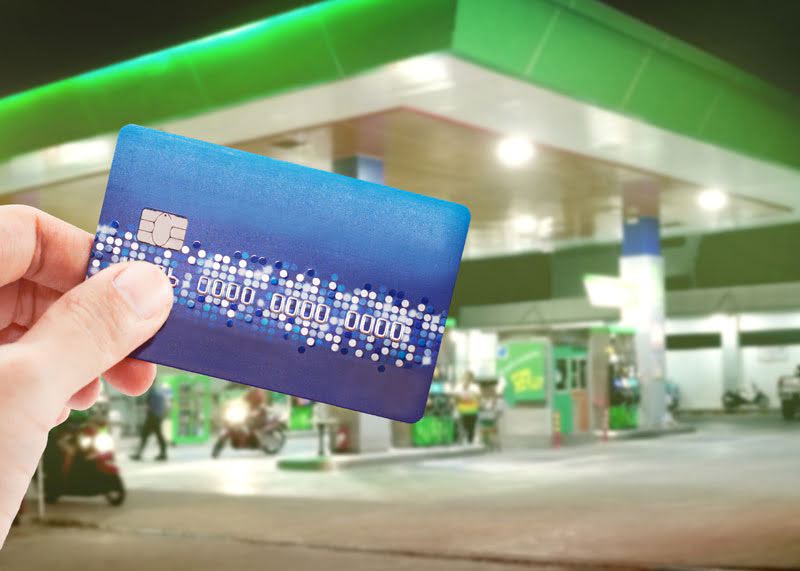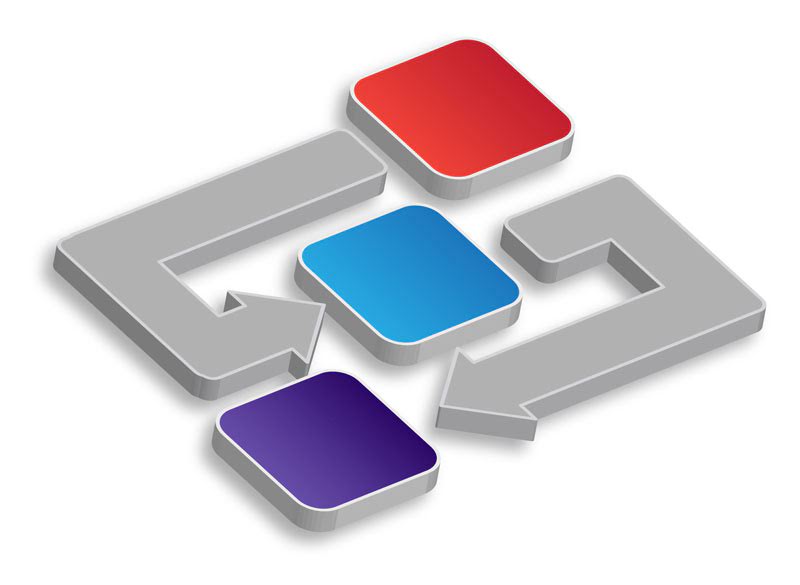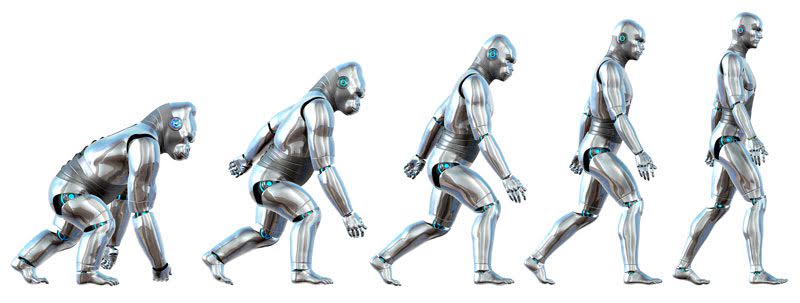 More Artificial Intelligence for the Driver's Log
More Artificial Intelligence for the Driver's Log
TSI starts the New Year with even more AI for your fuel log. The first major feature update of the New Year includes new artificial intelligence-based computer vision capabilities that further simplify and accelerate the use of our popular fuel log.
With the integrated vehicle fuel log, users of our Driver's Log solutions such as TSI Light have long been able to conveniently record the actual fuel consumption and the real travel costs for each individual trip. This makes it easy to plan, costs and journeys can be easily accounted for, and there are no unpleasant surprises.
 Whereas our fuel log used to require users entering values such as the amount of fuel and the price paid manually, this is now fully handled by the AI as well.
Whereas our fuel log used to require users entering values such as the amount of fuel and the price paid manually, this is now fully handled by the AI as well.
You simply take a photo of the fuel receipt and our artificial intelligence automatically picks out all relevant values using computer vision.
No need to type!
Here's how it works
You simply take a snapshot of the fuel receipt with your smartphone and our fuel log takes care of the rest — usually without requiring any further assistance.
Modern technologies in the field of „computer vision“ enable our fuel log to analyse the fuel receipt, recognise relevant information and automatically complete all previously manual data entries. Tedious typing on the smartphone is thus eliminated.
The system also saves a digital copy of the fuel receipt so that you have all receipts available at all times. Messy paperwork is a thing of the past.
Needless to say, entries can still be made by hand if fuel receipts are not available or feasible or if you prefer this practice.
 Import of refuelling card data
Import of refuelling card data
Users of company-wide fuel card solutions can of course continue to import data from their respective fuel card providers directly into the system, just as before. This import function has been part of our solution for a long time and makes it easier for many companies, especially larger ones, not only to manage fuel costs centrally, but also to quickly detect anomalies by linking the refuelling data with the locations and driving data of their vehicles.
Engine defects, which can lead to increased fuel consumption, for example, can be detected just as quickly as unauthorised or third-party fuel withdrawals can be prevented.
What exactly is computer vision?
More broadly, „computer vision“ is anything that has to do in some way with machines evaluating visual data, e.g. from cameras or photographs, and recognising objects in or extracting information from them – therefore sometimes also referred to as „machine vision“.
In this specific case, Computer Vision refers to the evaluation of photos of fuel receipts. Logically, this is a multi-step process in which the actual tank receipt first needs to be recognised: In most images, the receipt is not necessarily straight and correctly horizontally aligned but is often even distorted in perspective caused by the camera angle.
 In the next step, text elements on the document are identified and translated back into text using various optical character recognition (OCR) methods, so that the ‚image‘ data ultimately ends up as ‚text‘ data.
In the next step, text elements on the document are identified and translated back into text using various optical character recognition (OCR) methods, so that the ‚image‘ data ultimately ends up as ‚text‘ data.
This is followed by a semantic interpretation in which the meaning from the individual text data is determined, in this specific case e.g. the invoice amount paid or the amount of fuel dispensed.
In practice, these individual steps are much less discrete and strongly interconnected. Neuronal networks are used here - which are special data processing structures that are in fact constructed in principle very similarly to biological, i.e. human, brains - but of course many times less complex and greatly simplified.
 As one form of artificial intelligence, neural networks are ideally suited for classification tasks – i.e. tasks in which a meaning or classification is to be extracted from the source data.
As one form of artificial intelligence, neural networks are ideally suited for classification tasks – i.e. tasks in which a meaning or classification is to be extracted from the source data.
Such neural networks generally have the interesting property that the details of the classification do not have to be thought up by clever programmers, but that the quality of the recognition or classification can be acquired from training.
 During this process, several (thousands) of test data are classified with the neural network, which initially yields rather random results. Slight variations are then applied to the neural network – often by means of a random generator – and the test data is run through again. If the new variations lead to a better result, they are retained and a new round of variations is started. As this approach strongly resembles natural selection in the theory of evolution, it is sometimes also referred to as an „evolutionary algorithm“ or „evolutionary process“.
During this process, several (thousands) of test data are classified with the neural network, which initially yields rather random results. Slight variations are then applied to the neural network – often by means of a random generator – and the test data is run through again. If the new variations lead to a better result, they are retained and a new round of variations is started. As this approach strongly resembles natural selection in the theory of evolution, it is sometimes also referred to as an „evolutionary algorithm“ or „evolutionary process“.
After many thousands or more iterations of this training process (which actually is technically somewhat more complex than represented here), the neural network slowly learns to classify the initial data with the desired result. In the end, it often does so not only at a breathtaking speed, but also regularly many times more accurately than a human counterpart could ever do.
For the recognition and evaluation of photos of fuel receipts, we implemented a similar procedure that was specially trained for this specific purpose. As a new supplementary function, it has become an integrated part of our fuel log solution.
Feature upgrade is now available
With the recently rolled out update, all users of our Driver's Log solutions now have access to these new capabilities, as the feature is already included in all standard packages at no additional cost.
TSI is committed to introducing and establishing state-of-the-art technologies with the greatest possible benefits and efficiency gains for our users, especially when it comes to simplifying and accelerating routine and everyday tasks. This update is one more in a long line of regular functional enhancements with which we are working to fulfil our commitment.


 Deutsch
Deutsch